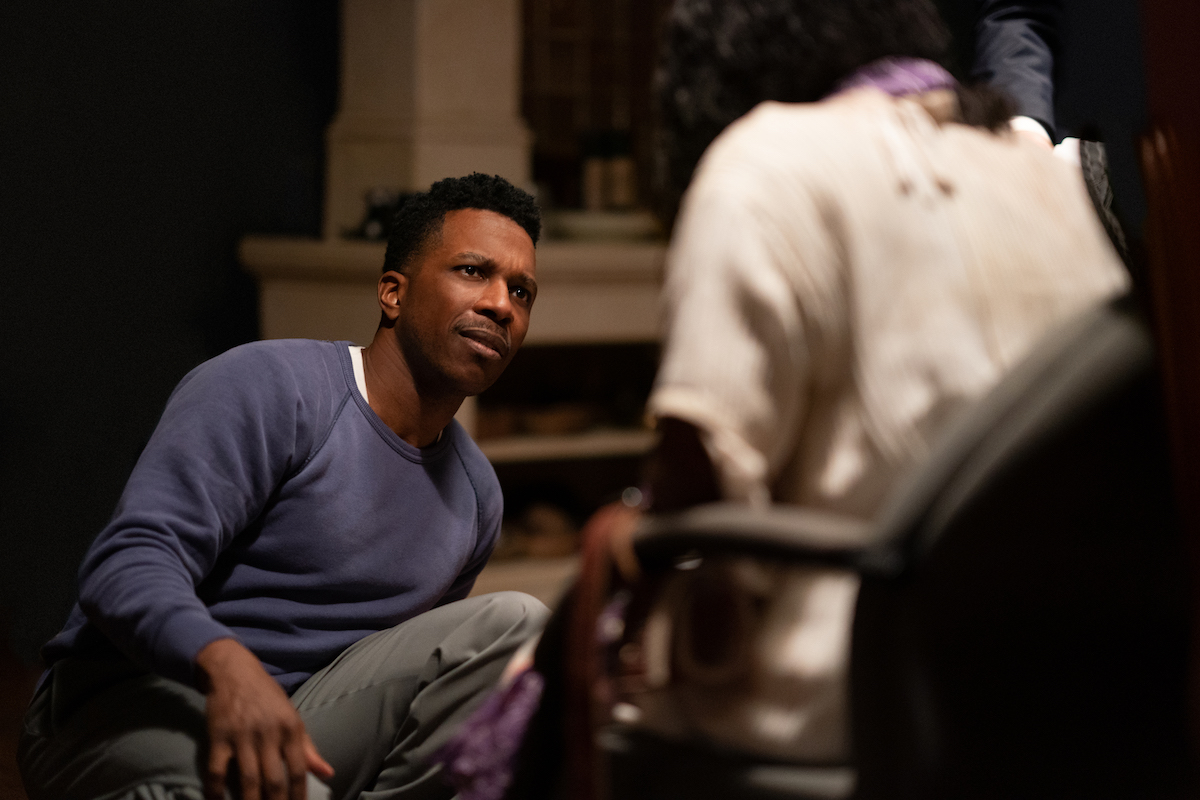Stop Using Real-Life Tragedy To Do Your Emotional Labor in Movies

Sometimes, you should not use the weight of a real life event in your movie. Those times? When it has nothing to do with the story as a whole. As much as I love the movie Remember Me, it does use the tragedy of 9/11 in its attempt to really stick the landing, for better or worse. In the final moments of the movie, we see Tyler (Robert Pattinson) standing at a window after the date (September 11, 2001) is revealed on a chalk board. The building that he is standing in is one of the Twin Towers, and the idea is that he is standing in the towers when they fall. The film uses the emotional hold 9/11 has on us to make us feel for its characters when we spent an entire movie with them and it didn’t need to do that.
You know what movie didn’t even give us a movie to care about a character before trying to pull a trick like this? The Exorcist: Believer. Sorenne Fielding (Tracey Graves) and her husband Victor (Leslie Odom Jr.) start the movie in Port-au-Prince, taking pictures there. Sorenne is pregnant, and she gets her baby blessed while there. What I wasn’t doing during the section of this movie was math or thinking about what was happening in Haiti back in 2010. In fact, I don’t remember if the movie says what year it is at the time, or if you get the math after, but the point is: I wouldn’t have thought about it anyway because why would I think about the Haitian earthquake that killed 220,000 people during an Exorcist movie?
But that’s what this movie sets up! Sorenne dies there, and then it flashes 13 years later to 2023, when Victor is raising their daughter, Angela (Lidya Jewett), but why did this opening have to include a real-world tragedy?
Can’t believe The Exorcist: Believer pulled a Remember Me
Movies, sadly, do this a lot—use a real-life event to make you care instead of just putting the work in with the script for an audience to want to care about someone. Honestly, I liked Sorenne all on her own, prior to the earthquake. I loved this woman walking around Port-au-Prince and I wanted to know more about her.
But the way this almost cold open section is set up really just uses the emotional weight of the Haiti earthquake to add to Victor’s character in a way that really could have been done better—in a way that works to the same end without making the very real tragedy in Haiti entirely about its fictional characters.
What this movie does is trick the audience into caring in the same way that Remember Me did. Using real life disasters and tragedies to tell us to care about characters isn’t a brilliant story telling move; it’s actually kind of lazy.
(featured image: Universal Pictures)
Have a tip we should know? tips@themarysue.com